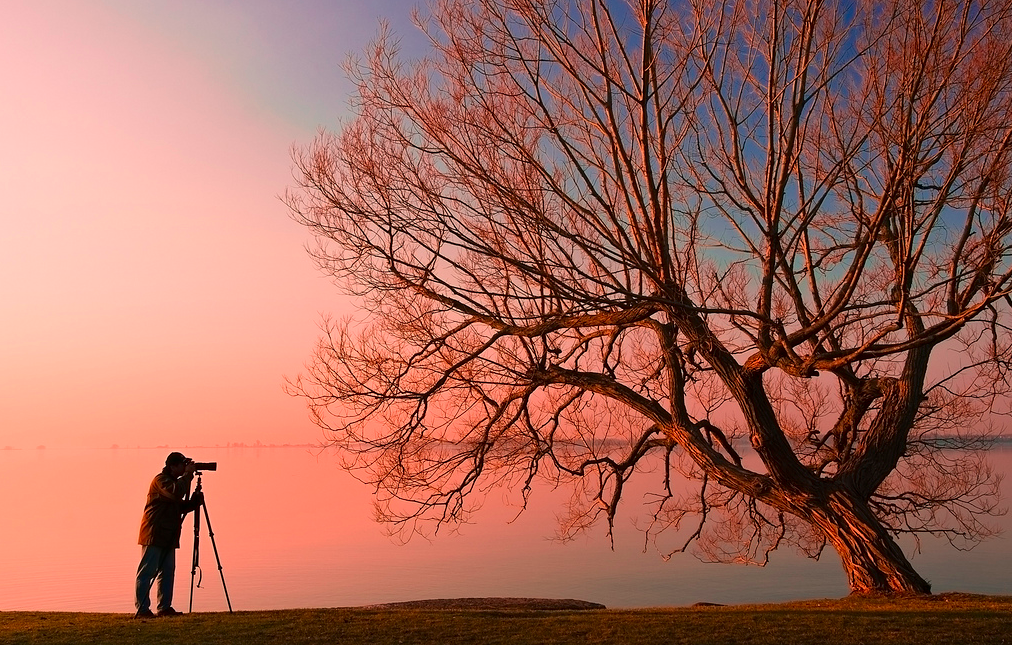

How to take great weather photographs
You do not need a high-end camera to take great weather photographs! For many subjects, your smartphone or a compact camera will be sufficient. But, for more complex lighting conditions or more challenging situations, a DSLR will give you more control over your images and allow you to use techniques that are unavailable through a simpler camera. Here are our top five tips to help you achieve some great weather shots:
1. Choose your subject
This might be a great cloud formation, an approaching weather front, or a stunning sunrise. Or it might be a landscape or cityscape which shows the impact of a particular type of weather. In some cases, you may be able to pre-plan your shot and choose a specific day or time to capture your subject; often, you might be in the right place at the right time. Nevertheless, some preparation is always helpful. For example, check sunset and sunrise times and where East and West are. Also, look at a map to find features that might add interest to your shot.
2. Try and seek out something different or distinctive
Remember, a great photograph is all about light and how you capture it in conjunction with the type of weather you are showing. A well-known snow-covered landscape will probably have been photographed many times, so try to find somewhere less obvious.
3. Provide scale
Try to include a natural feature or a person or building to give the viewer an indication of scale. You can use these to emphasise the weather phenomena.
4. Don’t put yourself at risk
Dramatic weather can make for a great photograph. But if you are outside in poor weather, particularly in remote areas, take care, so you do not put yourself at risk. Dramatic weather, such as lightning, can be dangerous, with wind, rain, and snow also creating hazardous and unpredictable conditions. Don’t forget that your camera equipment will also need protection, especially from water and sea spray!
5. Have your equipment ready
Although your smartphone may be sufficient for your needs, you may need more specialist equipment or accessories if you use a DSLR. A tripod is always worth carrying, especially when light levels are low. You may use a slow shutter speed to emphasise movement or create a particular effect. Particular photographic techniques may call for a neutral density (ND) filter so you can use slower speeds or a wider aperture; a polarising filter can remove reflections or deepen colours such a blue sky; a graduated filter may help balance light levels or darken the upper part of your image. Take them with you and take time to experiment.
Finally, once you get home, you can crop and process your images, which is often helpful for emphasising your subject.
Image credit: Lito Ochotorena Source: Flickr


